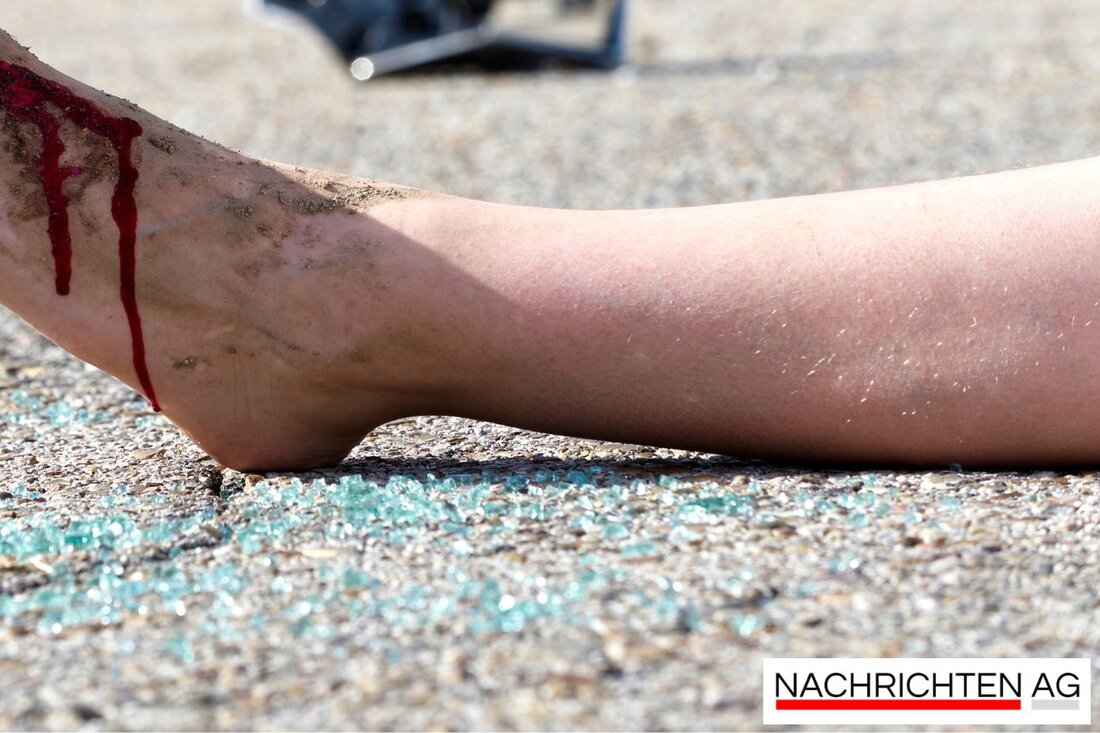Roth-Rednitzhembach cycle path: Completion after three years of construction!
News about the cycle path between Roth and Rednitzhembach: Construction period ends in 2025, important developments and investments required.

Roth-Rednitzhembach cycle path: Completion after three years of construction!
After an intensive construction period of three years, the final chapter of the cycle path project between Roth and Rednitzhembach is nearing completion. The construction work involved several road closures, which residents and commuters patiently accepted. Now, on November 27, 2025, citizens can look forward to improved cycling infrastructure, which should be of great benefit to both recreational cyclists and commuters. The Nuremberg News report that the completion of the cycle path has so far had a positive impact on local political discourse and mobility planning.
The project comes at a time when cycling traffic in Germany is generally stagnating. As the “Mobility in Germany 2023” survey shows, the proportion of cycling has not increased for several years and has even decreased in rural areas. The decline in the proportion of cycling in rural areas from 7% to 6% is particularly alarming. These developments are worrying as they threaten the objectives of the National Cycling Plan. The ADFC is therefore urgently calling for more investment in cycle paths.
Cycling is trendy – but where is the infrastructure?
At the same time, the figures show that interest in cycling remains unbroken. The proportion of households that have electric bicycles has increased from 8% to 21%. In addition, the average distance traveled by bike has increased, from 3.8 to 4.3 kilometers. Daily passenger kilometers have also increased to 118 million kilometers. This highlights the need for improved cycling infrastructure.
Because where cycling becomes popular, dissatisfaction with the existing infrastructure also grows, especially in medium-sized and large cities. The ADFC emphasizes that an overall plan for a Germany-wide cycling network and a permanent provision of the “bicycle billion” are necessary in order to improve the infrastructure across the board and support cyclists.
A positive sign for the region
The cycle path between Roth and Rednitzhembach could now be a positive example for other regions in Bavaria. The progress is being watched favorably by local transport planners and could serve as a model for future projects. It remains to be hoped that other communities will follow this example and also invest in promoting cycling.
In conclusion, it remains to be said that improvements in the cycle path infrastructure are an important prerequisite for sustainable mobility. As the latest developments show, the concrete implementation of projects such as the cycle path between Roth and Rednitzhembach can help to revitalize cycling in Bavaria and increase the quality of life in the communities.

 Suche
Suche
 Mein Konto
Mein Konto